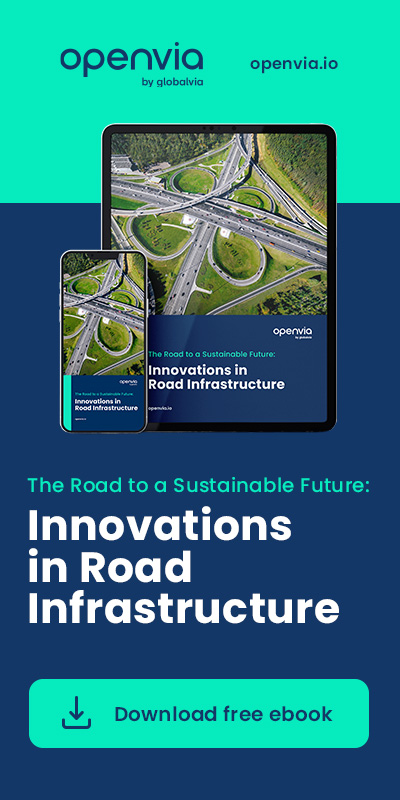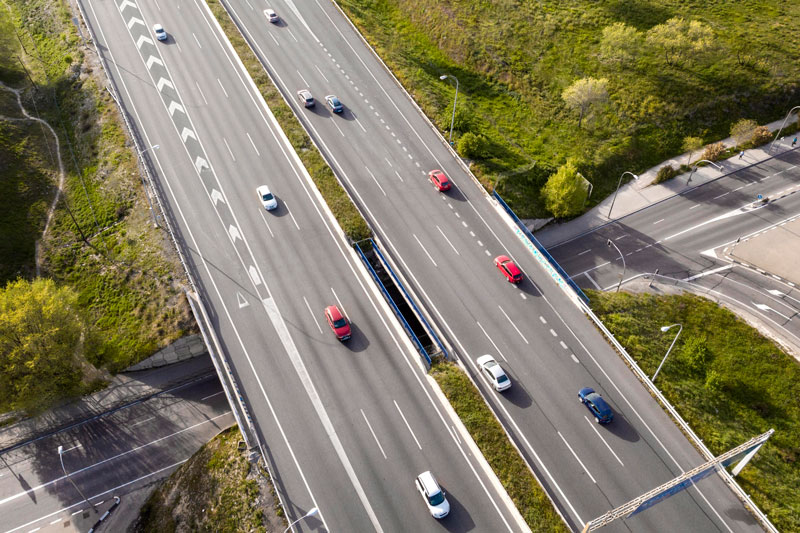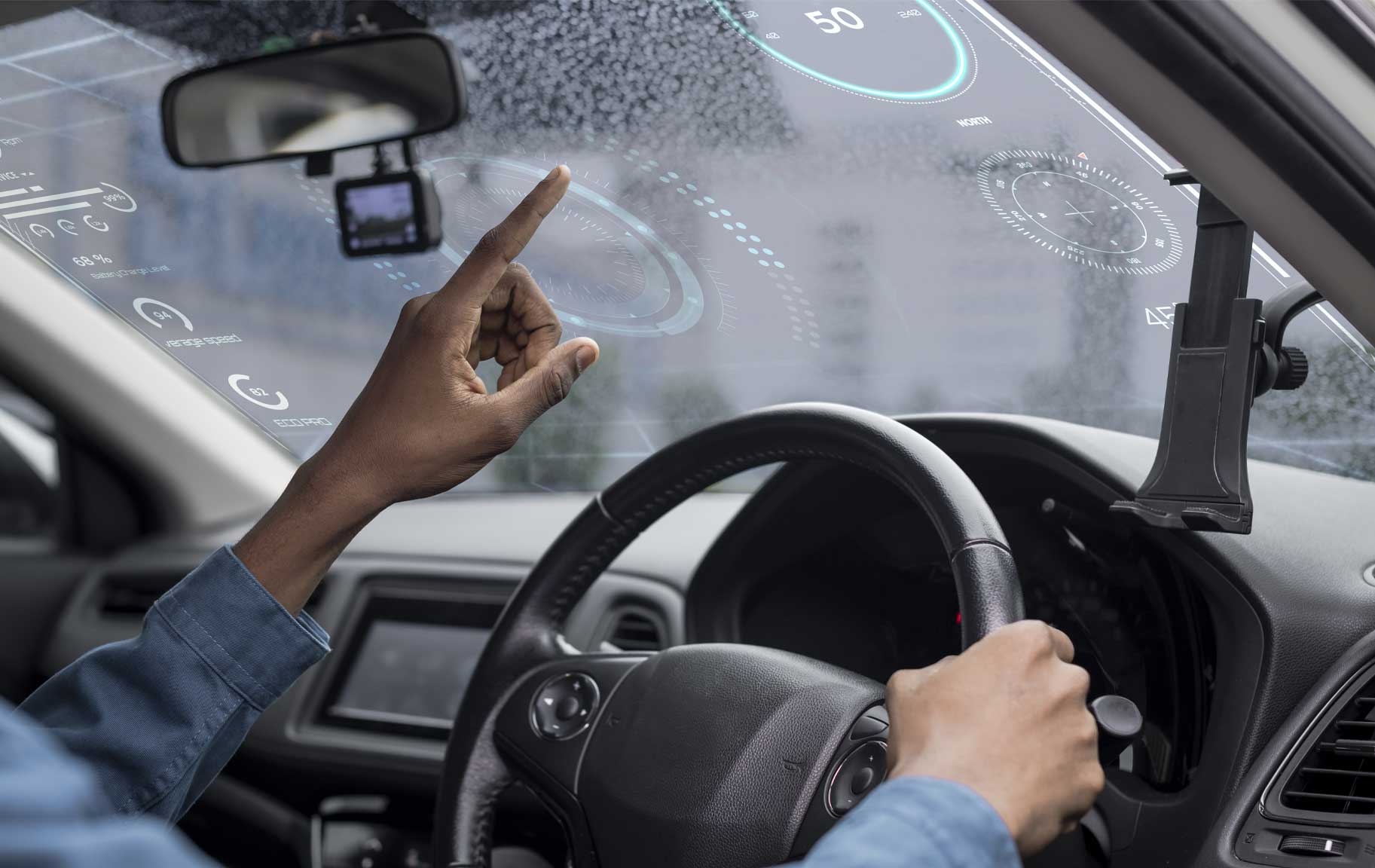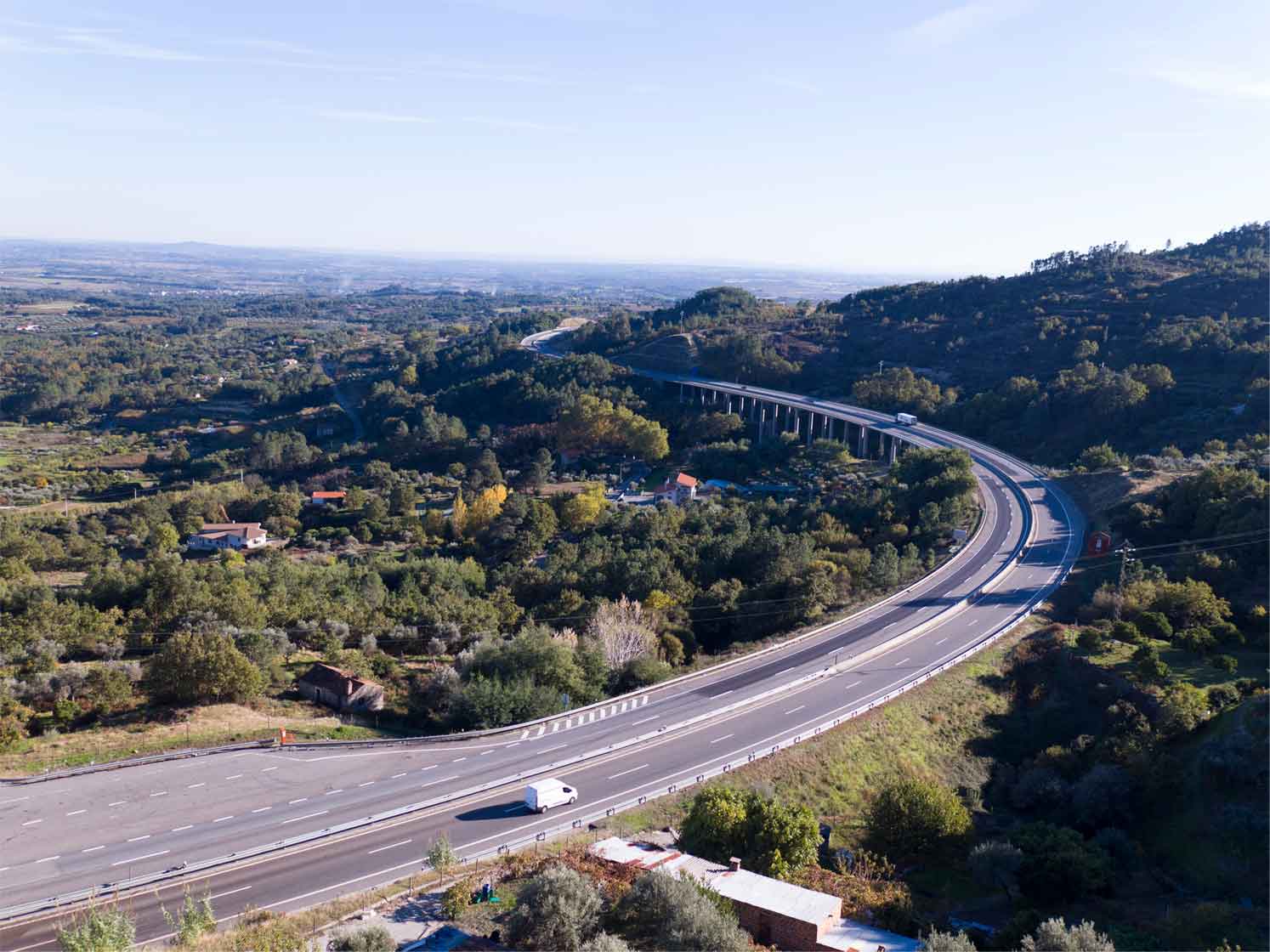In Spain, the State Road Network has an extension of 26,478 kilometers, of which a little more than 1,435 km are toll highways (AP), i.e., which charge drivers for their use. These are the data of the Ministry of Transport, Mobility and Urban Agenda of the Government of Spain.
The toll highways in Spain are distinguished by their nomenclature, as they are identified by the letters ‘AP’ and in the toll highways accessing Madrid by the letter ‘R’, as set forth in a Royal Decree of 2003.
Due to their presence in our road network, it is worth asking about the current situation of toll roads in our country and future forecasts. Among other reasons because there is a government plan to implement pay-per-use on all highways as of 2024.
What will this measure mean for Spanish drivers? We are going to analyze the issue from Openvia, taking into account that the payment for the use of highways is a measure adopted by the Government to receive in exchange European funds valued at 70,000 million euros from Brussels.
In fact, already this year 2023 there are new payment methods, which we will discuss in second place. But, above all, the vision will be from a technological point of view: paying for the use of road infrastructure with mobile apps, instead of cash, or by using electronic tolls in order to be faster and more efficient.
Want to know more about Roads of the Future?
Mobile applications to pay tolls
The future of tolls in Spain depends not only on the number of payment lanes, but also on the management of the payment itself. Since the beginning, it has been customary to pay in cash, but payments with mobile applications using contactless technology have experienced a boom, especially since the start of the coronavirus pandemic in March 2020.
We are, therefore, used to paying for all types of purchases in physical stores with a credit card using the contactless method, which, when applied to toll roads, improves efficiency and speed.
As experts in mobility solutions, Openvia is perfectly familiar with this type of technology. In fact, in 2020 we launched in the US market the Slora mobile app for cashless payment on toll roads in the State of Virginia (United States).
One of the most important advantages of mobile payment of tolls is the speed of payment, the reduction of errors due to incorrect amounts, fewer frauds and traceability of the transaction guaranteed by a third party. If we have to spend time looking for money in the wallet, it obviously takes longer to pay for the service and, if we do not give the exact amount, we must calculate the money for the return and, when we receive it, make sure it is correct.
But with mobile applications the process is more agile and accurate, since there are usually no incidents or failures with the collection of the amounts as can happen with manual payment where human errors can appear. And, unlike electronic tolls, there is no need to install any device in the vehicles; the cell phone that we all carry in our pockets is more than enough. So these are all advantages for users or drivers that, precisely, help to better meet the objective of decongesting traffic on other roads in almost real time.
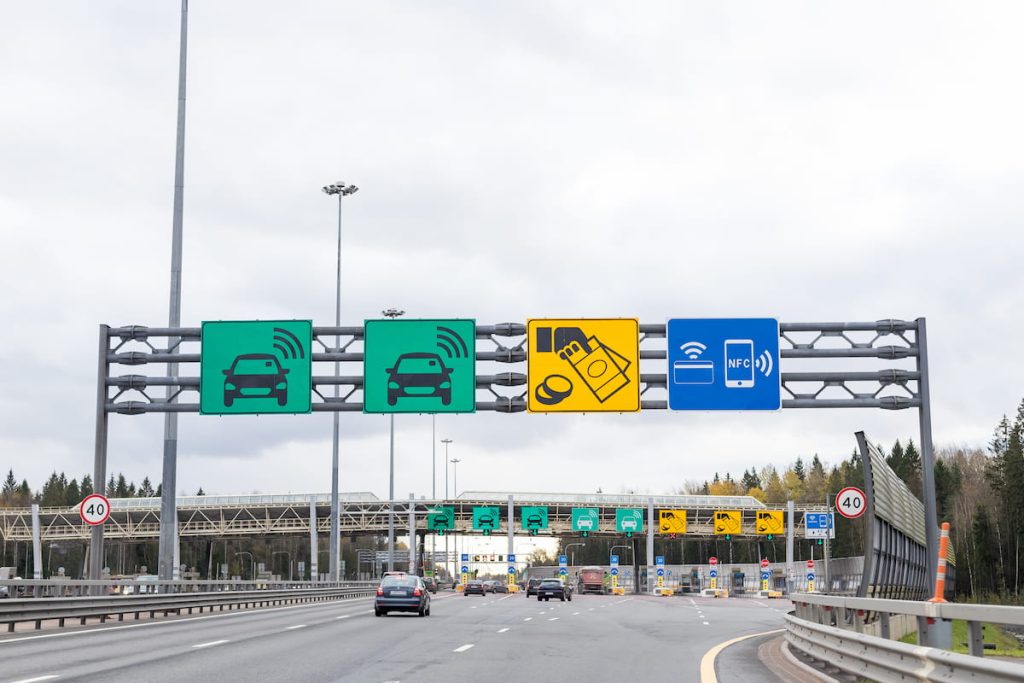
Electronic tolls: what they are and how they work
Electronic tolls, through the installation of a device inside the vehicles, allow the automatic identification of the vehicles by the lane software installed in the toll barriers, allowing them to be opened instantly without drivers having to stop. And, therefore, allowing the continuous flow of traffic and providing greater capacity to the road, as in the case of apps.
This device will be associated with a user account and payment method that will automatically settle the debt contracted with the periodicity established in the contract with the device provider.
In the case of cars, vans or trucks, the electronic toll device is installed on the windshield wiper. In the case of motorcycles, it must be located on a bracelet attached to the handlebars.
New sections of toll roads in Spain
It is well known that Public Administrations are taking measures to improve mobility, decongest traffic, reduce traffic accident rates and try to have a better air quality. Pay-per-use is part of this strategy and also, as we mentioned before, to receive those 70,000 million euros of European funds from Brussels.
The Government’s plan is aimed at having more roads with tolls: up to 12,000 kilometers of highways and expressways, plus 14,000 kilometers of single-lane national roads. But some autonomous communities have already gone ahead and there are some new stretches of toll roads in Spain, as, for example, in the Basque Country there are 5 new stretches of toll roads as of this year.
So, due to the thousands of new kilometers of toll roads that will be built in the coming years, it will be necessary to make payments more agile with mobile applications or other methods that are better than collecting cash. Technology, in this way, is at the service of achieving the objectives proposed by the Administrations.
Conclusions on the future of toll payment in Spain
All of the above will be the new reality that drivers will experience on toll roads in Spain. And given the greater number of kilometers with tolls, the use of technologies to speed up payment with mobile apps and other alternatives will be ever more necessary.
The use of mobile applications such as our app Slora by Globalvia is one of the different solutions that we bring to the market to optimize and improve the circulation of vehicles on interurban and urban routes.
And one of its main advantages, as we have seen, is to avoid long waits at toll booths due to the need to pay in cash: toll payment applications will make the process easier, faster and more efficient. It should also be noted that one trend in these applications is that they are embedded in the on-board computer of vehicles or that they can also be used for payment operations in parking lots or gas stations.
In conclusion, the technological development that we carry out from Openvia, also through open innovation, is essential in the management of different areas, including the road network. And we do it, moreover, with synergies with other players in the mobility and transport infrastructure sector, convinced of the importance of technology and digitization in the future of society and its mobility.
